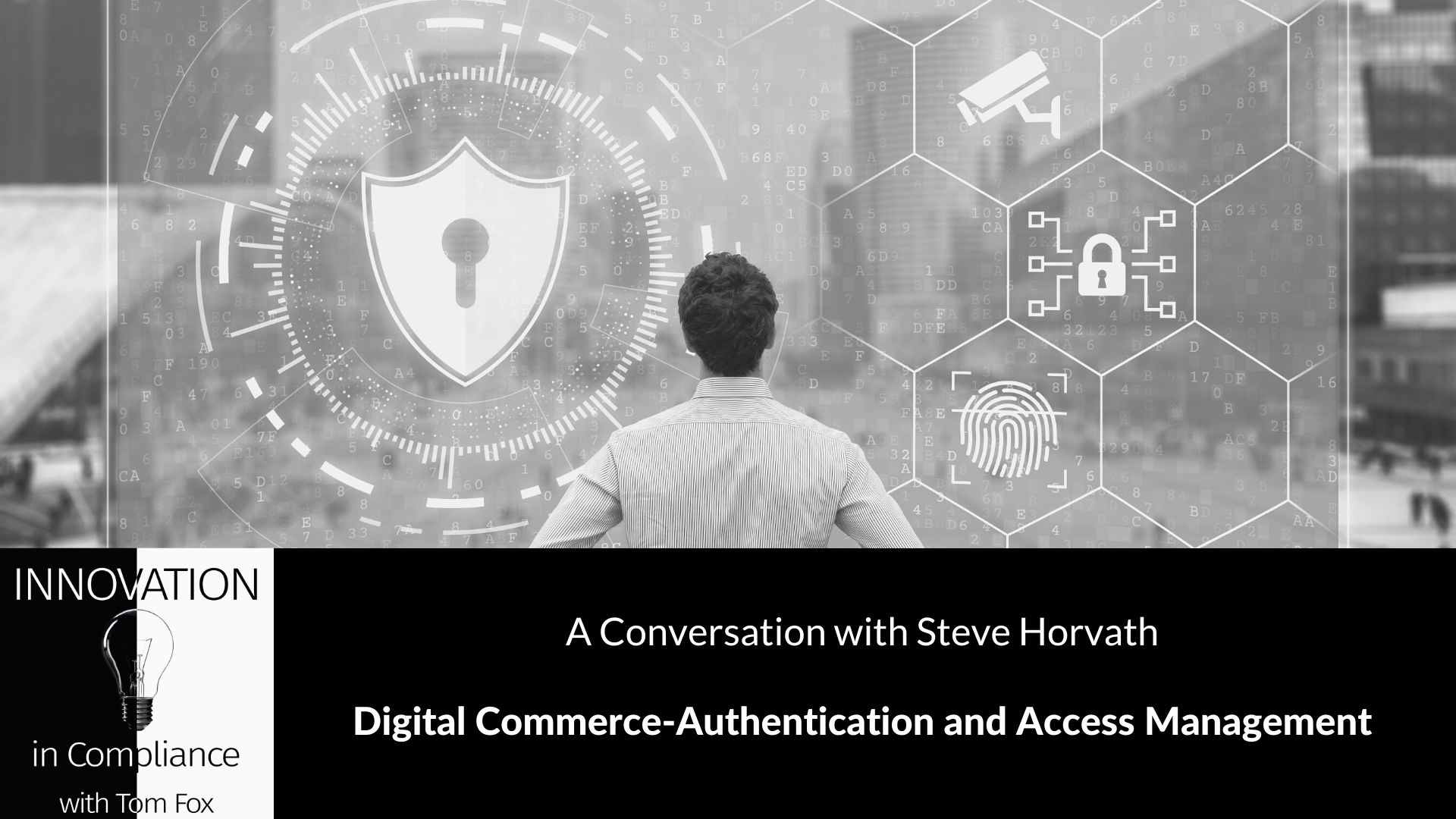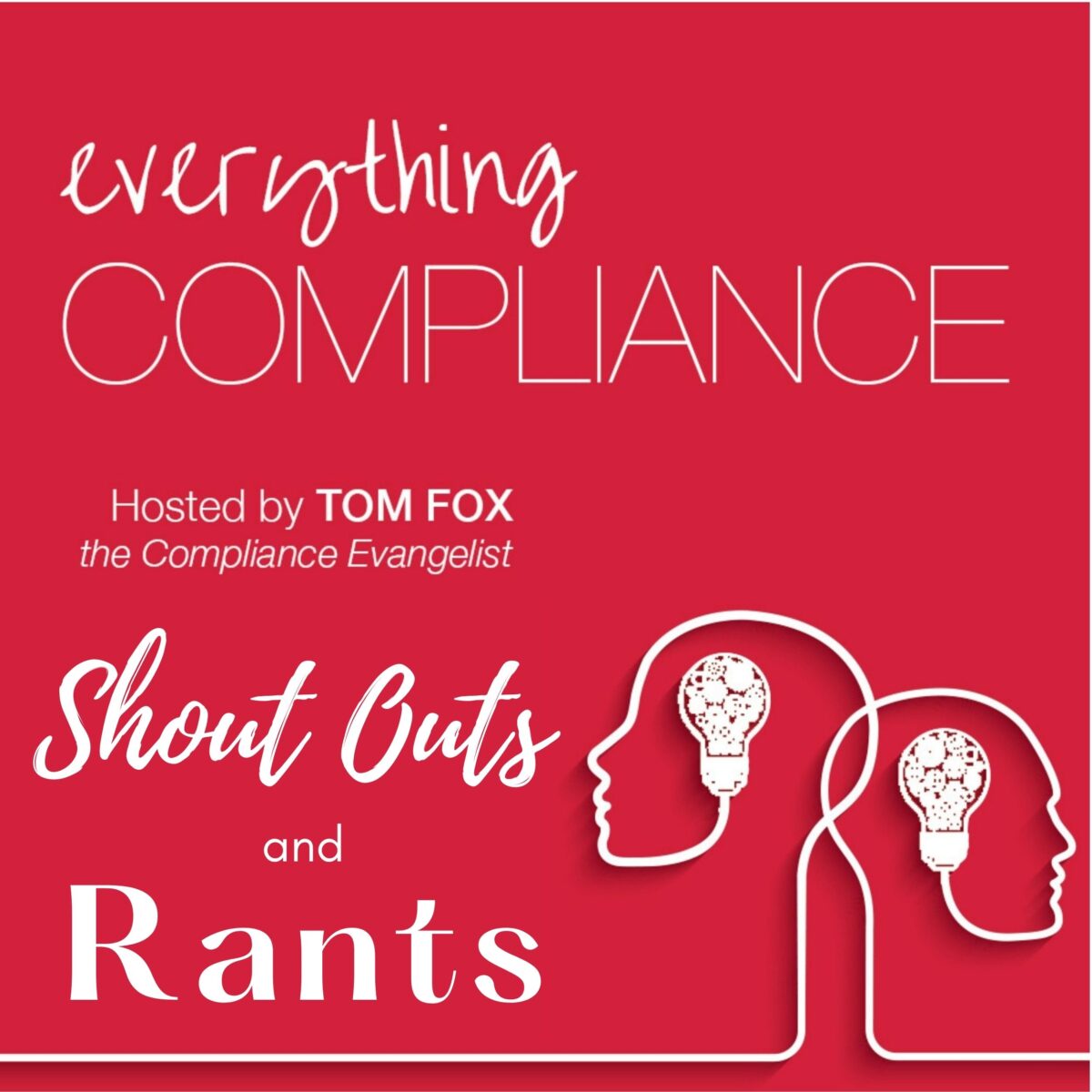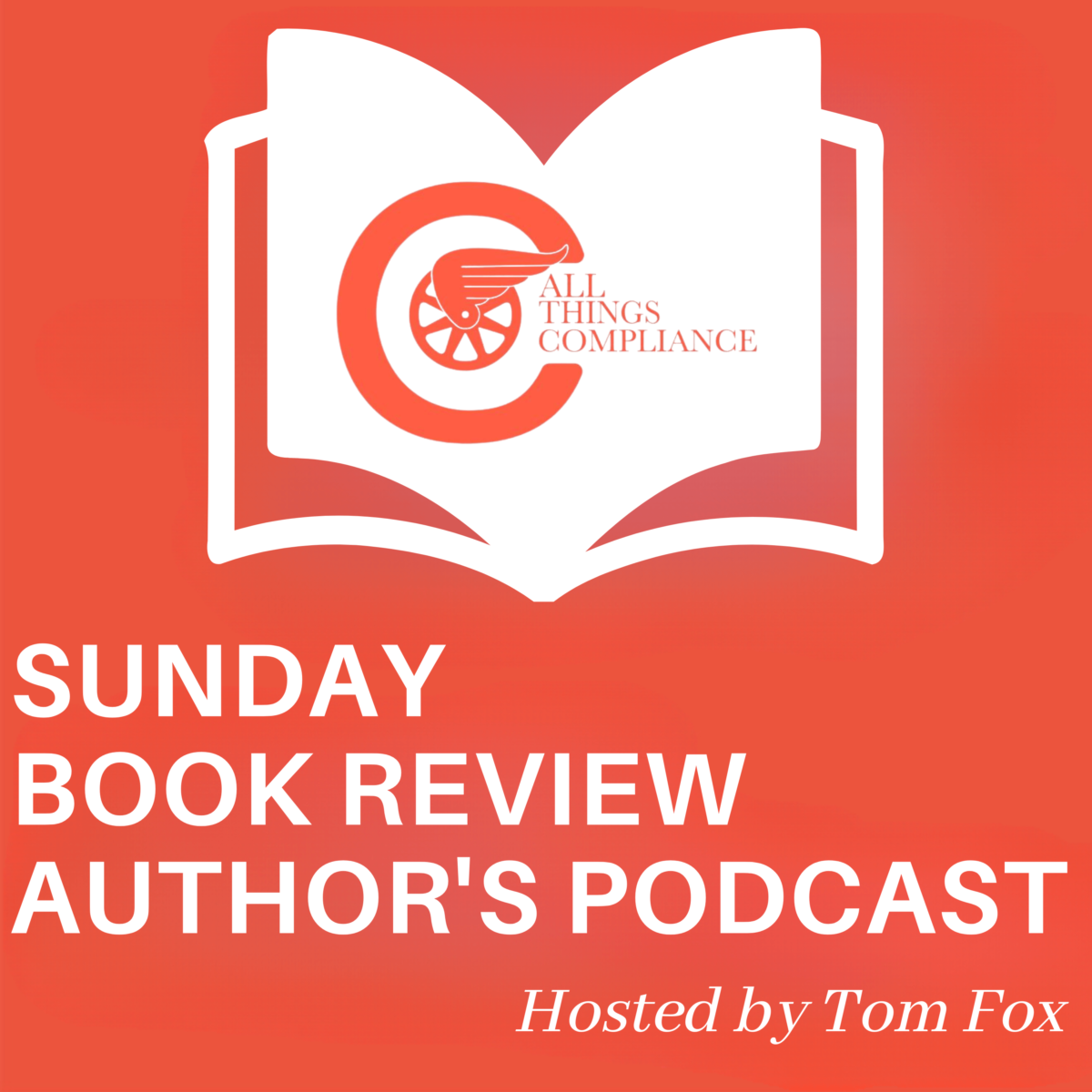Are you ready to learn how to implement electronic communications capture and supervision in your firm for better compliance and prevention of regulatory violations? Is messaging compliance giving your compliance function headaches? Welcome to a special 5 part blog post series on messaging compliance in a shifting regulatory landscape, sponsored by Global Relay. In this Part 2, I visited with Alex Viall on the provocative topic of where regulation stifles innovation in messaging apps.
The ever-increasing use of instant messaging in businesses brings about the need for compliant messaging policies. With proper guidelines, compliance officers and entrepreneurs can ensure that their company’s communication practices are up to par with regulatory standards and that potential risks are minimized. This enhances the overall efficiency and transparency of the business and provides peace of mind for those involved in managing and maintaining these communication platforms.
Here are some key steps:
- Assess current communication platforms and habits
- Create clear, transparent messaging policies
- Implement regular employee training sessions
- Monitor messaging compliance and address breaches
- Explore tech solutions for messaging management
1. Assess current communication platforms and habits.
Developing compliant messaging policies for your business begins with assessing your company’s current communication platforms and habits. This critical first step involves thoroughly examining how employees communicate internally and externally and the tools and channels they utilize. You can effectively mitigate potential non-compliance issues by deeply understanding your business’s communication landscape. Identifying areas where innovation and improvements can be made while minimizing impacts on operations and employee experience is crucial. Therefore, it’s essential to keep an open mind and be prepared to adapt to the evolving nature of technology and ever-changing communication trends.
Viall underscored embracing business innovation while ensuring regulatory compliance and risk management. Communication habits constantly change, and organizations must adapt effectively while maintaining auditable trials for every conversation. Proper employee training is critical to fostering change and adopting new communication practices. This training should focus on creating comprehensive, practical policies that everyone can easily understand and adhere to, steering clear of generic policies that merely act as a checkbox.
Remember that senior management is pivotal in setting a positive tone and demonstrating a commitment to transparency and policy adherence. Understanding and addressing the critical first step of assessing your business’s current communication platforms and habits is vital for compliance officers and entrepreneurs because doing so equips them with valuable insights into potential shortcomings, risks, and opportunities for growth. Organizations can proactively tackle potential compliance pitfalls by developing relevant and practical messaging policies while encouraging innovation and seamless communication. Ultimately, this will result in a more robust and resilient business that can effectively navigate the ever-evolving communication technology landscape and maintain a competitive edge in the market.
2. Create clear, transparent messaging policies.
Effective communication is essential for businesses today, and as technology evolves, so do the platforms and devices we use to communicate with one another. This shift in communication methods has increased the importance of creating clear, transparent messaging policies for companies. While internal and external communication may change, one thing remains constant: the need for proper risk management, regulatory compliance, and corporate hygiene. To achieve this, companies should develop comprehensive, practical policies for instant messaging that employees can easily understand and implement. The goal is to avoid creating generic policies that are simply a box-ticking exercise while supporting business innovation and maintaining auditable communication trails.
Viall noted that effective communication requires changing employees’ mindsets and ongoing training to ensure a secure and compliant messaging environment. Furthermore, senior management must set the right tone, reiterating the importance of compliance with these policies. Companies need to have procedures in place for monitoring, remediation, and promptly addressing any non-compliance issues. As technology continues to evolve, new tools and solutions for managing messaging compliance will become increasingly available, making it more important than ever for businesses to stay ahead of the curve.
Creating clear messaging policies cannot be overstated, particularly for compliance officers and entrepreneurs operating in an instant, ephemeral messaging age. With regulatory compliance and risk management at the forefront of business concerns, having practical, transparent policies can help ensure that a company maintains its competitive edge. This is especially true given the rapid advancements in technology and the potential consequences of non-compliance, which could lead to serious repercussions for businesses, both legally and financially. By focusing on transparent messaging policies, companies will be poised to manage risk effectively and thrive in today’s fast-paced, interconnected world of business communication.
3. Implement regular employee training sessions.
The nature of business is that it continues to evolve and adapt to new technologies, and communication methods are also changing. Gone are the days of only relying on traditional face-to-face conversations or even phone calls to get things done. With the rise of instant messaging platforms, companies now have a fast and effective way to communicate internally with team members and externally with clients. This new, dynamic form of conversation has greatly improved workplace efficiency and speed. Still, it also presents a significant challenge – ensuring that all communication is properly documented and compliant with various rules and regulations.
According to Viall, implementing regular employee training sessions is one crucial aspect of achieving this. These sessions should cover all of the proper procedures to be followed when using instant messaging in a professional setting and the potential risks and consequences of not adhering to these guidelines. Conducting regular employee training sessions on messaging compliance helps create a company culture that prioritizes open communication, transparency, and, ultimately, accountability. When employees are knowledgeable and confident about what is expected of them, they are more likely to abide by the rules and demonstrate better judgment when faced with challenging situations. This reduces the likelihood of regulatory issues or scandals related to non-compliant messaging for businesses.
As compliance officers and entrepreneurs managing instant messaging in business, staying on top of evolving regulations and ensuring your company is adhering to best practices is crucial. You can significantly improve your organization’s regulatory compliance and risk by assessing your current communication platforms and habits, creating clear and transparent messaging policies, implementing regular employee training sessions, monitoring messaging compliance, and exploring tech solutions for messaging management. Do not hesitate to implement these steps and reap the benefits of a compliant and efficient messaging system.
Join me tomorrow as we consider changes in the UK regulatory schemes regarding messaging apps and compliance.
For more information, go to www.globalrelay.com









